Home>Gardening & Outdoor>Landscaping Ideas>Can You Plant Grass Seed When It’s Raining
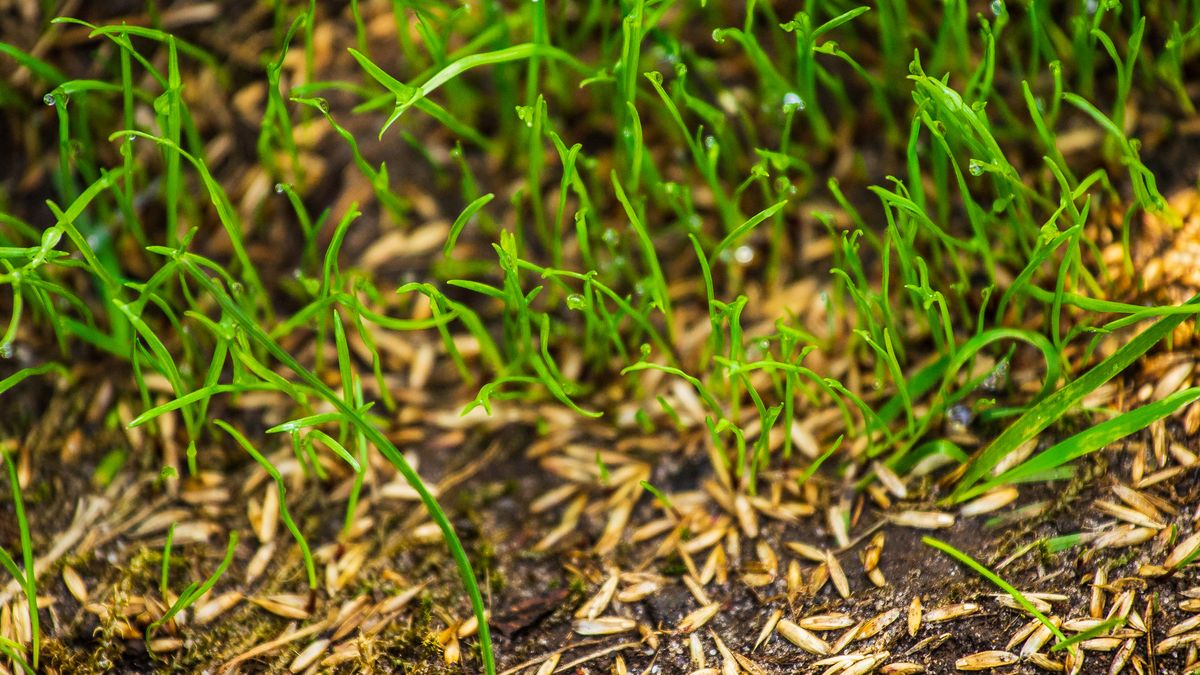

Landscaping Ideas
Can You Plant Grass Seed When It’s Raining
Modified: August 20, 2024
Learn the best landscaping ideas for planting grass seed in the rain. Discover how to take advantage of rainy weather for your lawn.
(Many of the links in this article redirect to a specific reviewed product. Your purchase of these products through affiliate links helps to generate commission for Storables.com, at no extra cost. Learn more)
**
Introduction
**
When it comes to planting grass seed, timing is everything. Many homeowners and gardeners wonder whether it's advisable to sow grass seed when it's raining. After all, rain can be both a blessing and a curse for gardeners, depending on the circumstances. In this article, we'll explore the factors to consider when deciding whether to plant grass seed in the rain. We'll also delve into the benefits and drawbacks of doing so, providing valuable tips for achieving the best results. Whether you're a seasoned gardener or a novice homeowner looking to rejuvenate your lawn, understanding the implications of planting grass seed in the rain is crucial for achieving a lush, healthy lawn. So, let's dive in and explore this intriguing topic further.
Key Takeaways:
- Planting grass seed in light, steady rain can provide consistent moisture and aid in natural seed distribution, promoting strong root development and potential cost savings.
- Carefully evaluating factors like soil drainage, grass species, and weather patterns empowers homeowners to make informed decisions, optimizing the process of planting grass seed in rainy conditions for a lush, healthy lawn.
Read more: When Can You Plant Grass Seed In Ohio
Factors to Consider
Before deciding whether to plant grass seed when it’s raining, it’s essential to consider several factors that can significantly impact the success of your lawn rejuvenation efforts. One crucial factor is the intensity of the rain. Light, steady rain can be beneficial for newly planted grass seed, as it provides consistent moisture without causing soil erosion. However, heavy downpours can wash away the seeds and disrupt the even distribution, ultimately hindering germination.
Another important consideration is the type of soil in your lawn. If your soil has poor drainage and becomes waterlogged easily, planting grass seed during rainy periods may exacerbate the issue, leading to waterlogged, suffocated seeds and potential fungal diseases. On the other hand, well-draining soil can better accommodate rain, reducing the risk of waterlogging and promoting healthy seed germination.
Furthermore, the season and climate in your region play a significant role in determining the suitability of planting grass seed in the rain. In cooler regions with consistent rainfall, planting during rainy periods may align well with the natural growth cycle of grass, facilitating optimal germination and establishment. Conversely, in warmer climates prone to sporadic heavy rains, careful consideration is necessary to avoid potential setbacks caused by excessive moisture.
Additionally, the type of grass seed you intend to plant is a crucial factor to contemplate. Some grass species are more resilient to rainy conditions and can thrive even when sown during wet weather, while others may be more susceptible to issues like rot and fungal diseases. Understanding the characteristics of the grass species and their compatibility with rainy conditions is essential for making an informed decision.
Lastly, the forecasted weather patterns should be taken into account. While planting grass seed during light, intermittent rain can be advantageous, it’s important to assess the long-term weather outlook to anticipate any prolonged heavy rainfall that could impede the germination process.
Considering these factors will empower you to make an informed decision regarding the opportune time to plant grass seed, taking into account the unique characteristics of your lawn and the prevailing weather conditions.
Benefits of Planting Grass Seed in the Rain
Planting grass seed in the rain can offer several advantages for achieving successful germination and establishing a healthy, vibrant lawn. One of the primary benefits is the consistent moisture provided by rain. Light, steady rain can effectively hydrate the soil, ensuring that the newly planted seeds remain adequately moist for germination. This consistent moisture can create an optimal environment for seedling growth, promoting strong root development and overall resilience.
Moreover, rain can aid in the natural distribution of grass seeds across the soil surface. As the rainwater gently washes over the soil, it can help settle the seeds into the ground, enhancing seed-to-soil contact and facilitating the germination process. This natural “watering in” of the seeds can contribute to more uniform coverage and improved seedling establishment.
Additionally, planting grass seed in the rain can align with the natural growth cycle of certain grass species, particularly in regions with regular rainfall. This synchronization with the natural environmental conditions can enhance the likelihood of successful germination and early growth, as the seeds receive the moisture they need at the right time.
Furthermore, rain can mitigate the need for manual watering, reducing the time and effort required to maintain optimal soil moisture levels during the critical germination phase. This can be especially advantageous for busy homeowners or gardeners who may not have the capacity to consistently water newly planted grass seed.
Another notable benefit is the potential cost savings associated with relying on natural rainfall for watering newly planted grass seed. By leveraging rainwater for irrigation, homeowners can conserve water and reduce their reliance on artificial irrigation methods, contributing to environmental sustainability while nurturing a thriving lawn.
Overall, the benefits of planting grass seed in the rain encompass improved moisture consistency, natural seed distribution, synchronization with natural growth cycles, reduced watering demands, and potential cost savings. These advantages underscore the potential efficacy of leveraging rainy conditions to establish a resilient, lush lawn.
It’s best to plant grass seed when it’s not raining so the seeds can properly take root. If you plant during a heavy rain, the seeds may wash away or become waterlogged. Wait for a dry day to ensure the best chance of successful germination.
Drawbacks of Planting Grass Seed in the Rain
While planting grass seed in the rain can offer certain benefits, it’s essential to acknowledge the potential drawbacks and challenges associated with this approach. One of the primary concerns is the risk of soil erosion and seed displacement during heavy rainfall. Intense downpours can wash away the seeds, leading to uneven distribution and hindering the germination process. This can result in patchy or sparse grass growth, necessitating additional reseeding efforts to achieve desired coverage.
Furthermore, excessive rainfall can lead to waterlogged soil, which poses a threat to the viability of the grass seeds. Waterlogged conditions can suffocate the seeds, impeding their ability to respire and germinate effectively. Moreover, prolonged saturation of the soil can create an environment conducive to fungal diseases, potentially impacting the health and establishment of the newly planted grass seed.
Another drawback is the potential disruption of soil preparation and seedbed stability caused by heavy rain. Rain can compact the soil, making it less conducive to seed germination and root development. Additionally, it can hinder the application of protective mulch or erosion control measures, further exacerbating the vulnerability of the seeds to adverse weather conditions.
In regions prone to unpredictable weather patterns, planting grass seed in the rain can pose challenges related to timing and long-term weather outlook. Sudden shifts from rainy to dry conditions or prolonged periods of heavy rainfall can complicate the germination process, potentially leading to suboptimal results and necessitating additional maintenance and reseeding.
Moreover, certain grass species may be more susceptible to issues like rot and fungal diseases when exposed to excessive moisture, particularly if the rain is accompanied by high humidity and warm temperatures. Understanding the specific vulnerabilities of the grass species intended for planting is crucial for mitigating these risks.
Overall, the drawbacks of planting grass seed in the rain encompass the potential for soil erosion, waterlogged conditions, soil instability, weather unpredictability, and susceptibility to fungal diseases. These considerations underscore the importance of carefully evaluating the prevailing weather conditions and soil characteristics before embarking on the process of sowing grass seed in rainy conditions.
Tips for Planting Grass Seed in the Rain
When considering planting grass seed in rainy conditions, it’s essential to implement strategic measures to maximize the likelihood of successful germination and establishment. By following these tips, you can navigate the challenges and leverage the benefits of rainy weather to foster a thriving lawn:
- Choose the Right Time: Monitor weather forecasts to identify periods of light, steady rain, which are conducive to planting grass seed. Avoid sowing seeds during heavy downpours or when prolonged, intense rainfall is anticipated.
- Prepare the Soil: Ensure that the soil is adequately prepared before planting grass seed. Loosen the top layer of soil, remove debris, and amend the soil with organic matter to enhance drainage and promote optimal seed-to-soil contact.
- Select Suitable Grass Species: Choose grass species that are resilient to rainy conditions and compatible with the climate in your region. Consider factors such as water tolerance and disease resistance when selecting the grass seed for planting.
- Adjust Seeding Depth: When planting grass seed in rainy weather, adjust the seeding depth to accommodate the moisture levels in the soil. Sow the seeds slightly shallower than usual to prevent them from being buried too deeply by rain-induced soil movement.
- Apply Protective Mulch: Consider applying a light layer of protective mulch over the newly planted grass seed to safeguard against soil erosion and seed displacement during rain. Organic mulches can also help retain soil moisture and regulate temperature fluctuations.
- Monitor Soil Moisture: Regularly assess the soil moisture levels during and after rainy periods to prevent waterlogging. If the soil becomes excessively saturated, take measures to improve drainage and aeration to support healthy seed germination.
- Implement Erosion Control: In areas prone to soil erosion, implement erosion control measures such as installing silt fences or utilizing erosion control blankets to safeguard the seedbed from the impact of heavy rain.
- Monitor for Fungal Diseases: Keep a close eye on the newly planted grass seed for signs of fungal diseases, particularly during periods of prolonged rain and high humidity. Implement preventive measures and, if necessary, consult with a lawn care professional for targeted solutions.
- Adjust Maintenance Practices: Adapt your lawn maintenance practices to accommodate the impact of rainy weather on the newly planted grass seed. Consider adjusting mowing frequency and irrigation schedules to support the establishment of the germinating seeds.
By adhering to these tips, you can optimize the process of planting grass seed in rainy conditions, mitigating potential challenges and capitalizing on the benefits to foster a healthy, resilient lawn.
Read more: Should You Cut Your Grass When It’s Hot
Conclusion
Planting grass seed in the rain presents a unique set of considerations, encompassing both potential benefits and drawbacks. By carefully evaluating factors such as rainfall intensity, soil characteristics, grass species, and long-term weather outlook, homeowners and gardeners can make informed decisions regarding the opportune time to sow grass seed. While light, steady rain can provide consistent moisture and aid in natural seed distribution, heavy downpours and waterlogged conditions can pose challenges to successful germination and establishment.
Understanding the nuances of planting grass seed in rainy conditions empowers individuals to implement strategic measures that enhance the likelihood of positive outcomes. By preparing the soil, selecting suitable grass species, adjusting seeding depth, and monitoring soil moisture, homeowners can navigate the complexities of rainy weather and optimize the germination process. Additionally, proactive measures such as applying protective mulch, implementing erosion control, and monitoring for fungal diseases can further contribute to the success of planting grass seed in the rain.
Ultimately, the decision to plant grass seed in rainy conditions should be guided by a comprehensive assessment of the unique factors at play in a specific lawn or garden. By leveraging the benefits of rain-induced moisture while mitigating the risks of soil erosion and waterlogging, individuals can harness the potential of rainy weather to establish a lush, healthy lawn. Whether it’s embracing the natural rhythm of the environment or adapting to unexpected weather patterns, the art of planting grass seed in the rain requires a delicate balance of knowledge, preparation, and attentive care.
As homeowners and gardeners embark on the journey of rejuvenating their lawns through the planting of grass seed, thoughtful consideration of the prevailing weather conditions and strategic implementation of best practices will pave the way for a thriving, verdant landscape. By embracing the dynamic interplay between rain and seed, individuals can nurture the growth of resilient grass and cultivate a vibrant outdoor space to be enjoyed for years to come.
Ready to take your green thumb adventures further? Dive into our guide on planting tips where you’ll find clever shade ideas and smart strategies to keep your garden thriving in any weather. Also, if you're curious about how quickly new plants can sprout, check out our insights on seed germination to learn about the factors that influence growth times. Both articles are packed with practical advice to help you optimize your outdoor space efficiently!
Frequently Asked Questions about Can You Plant Grass Seed When It's Raining
Was this page helpful?
At Storables.com, we guarantee accurate and reliable information. Our content, validated by Expert Board Contributors, is crafted following stringent Editorial Policies. We're committed to providing you with well-researched, expert-backed insights for all your informational needs.
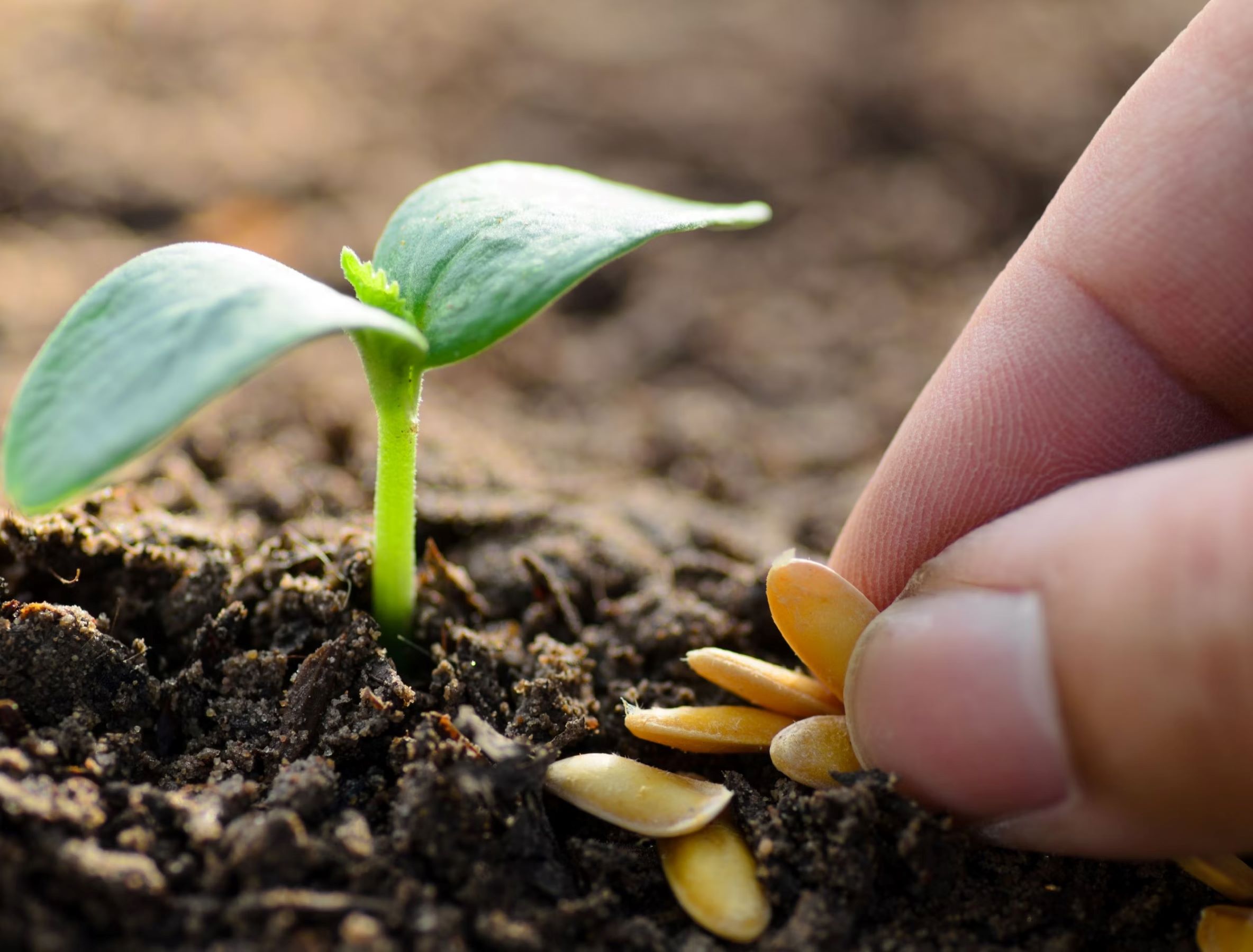

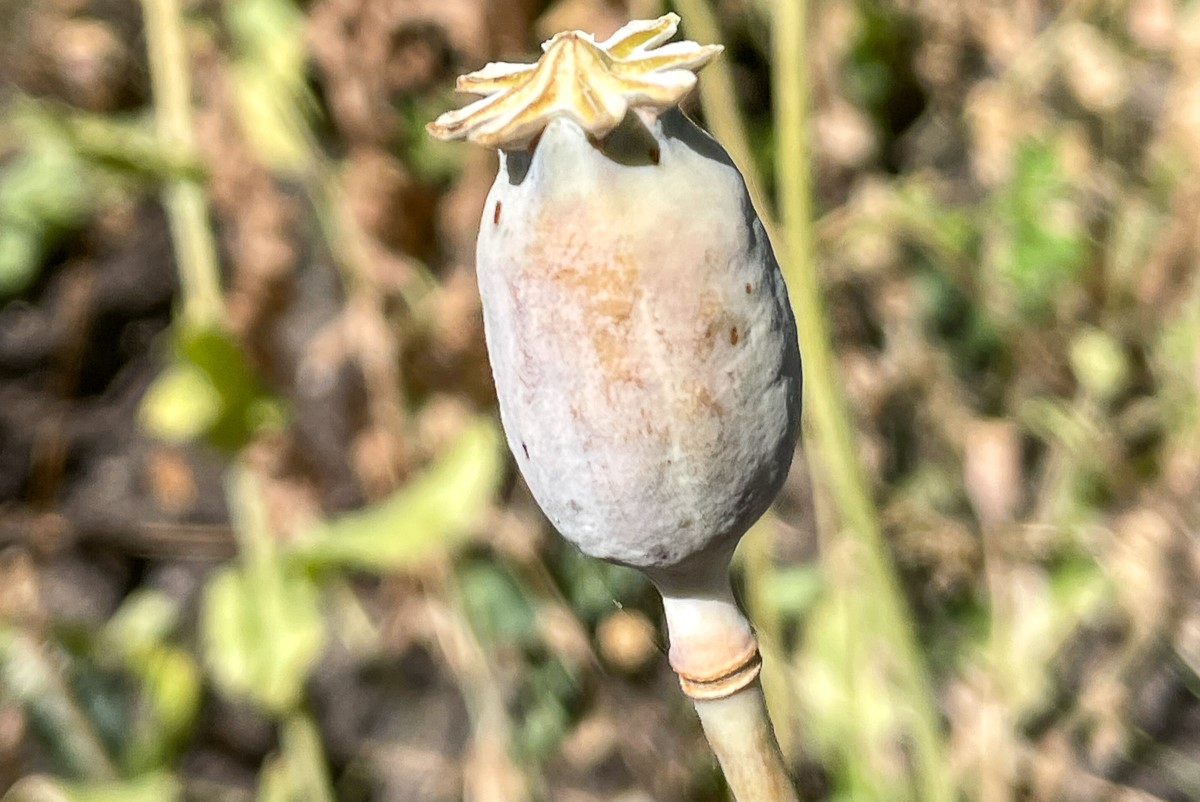
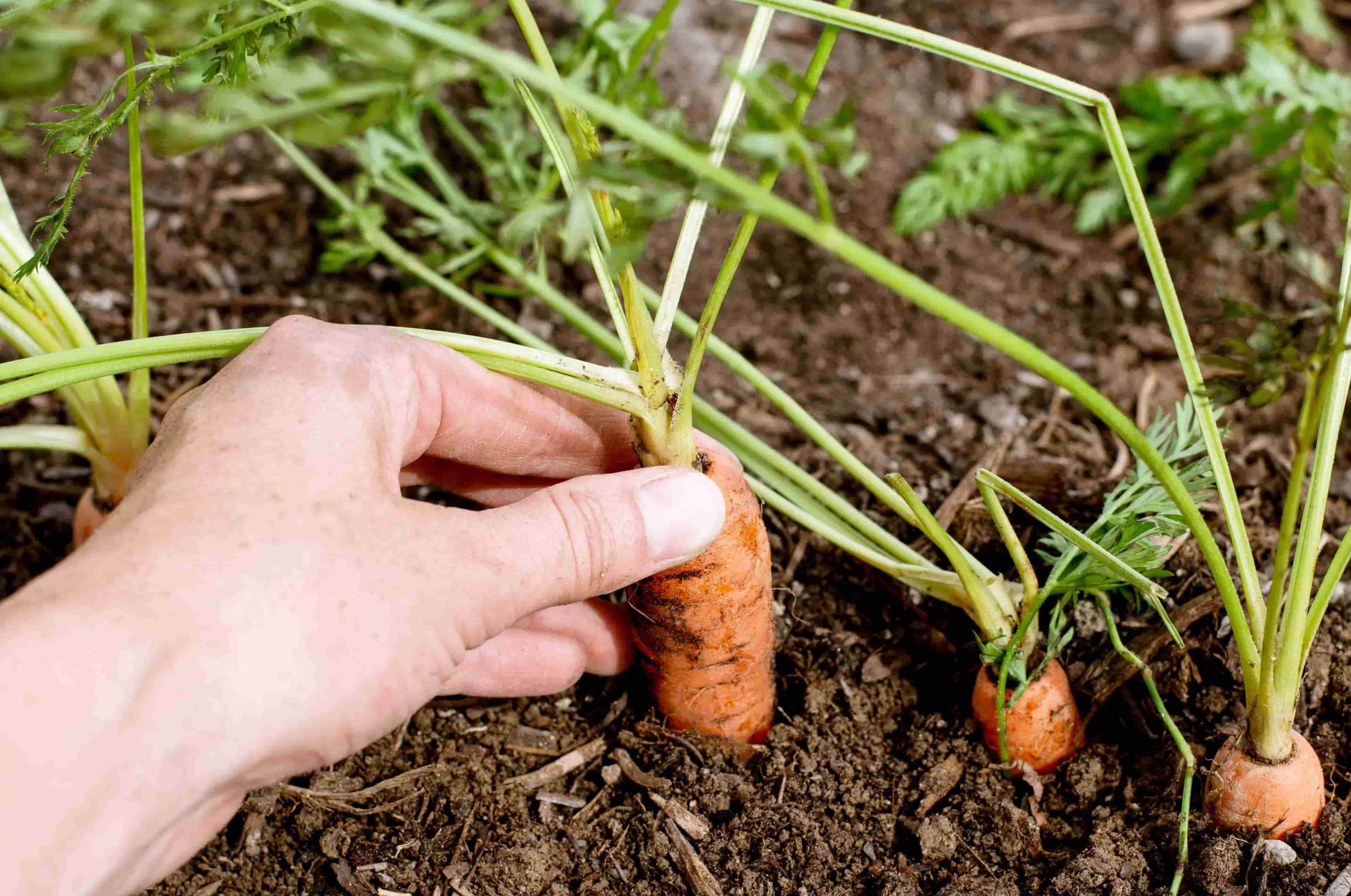
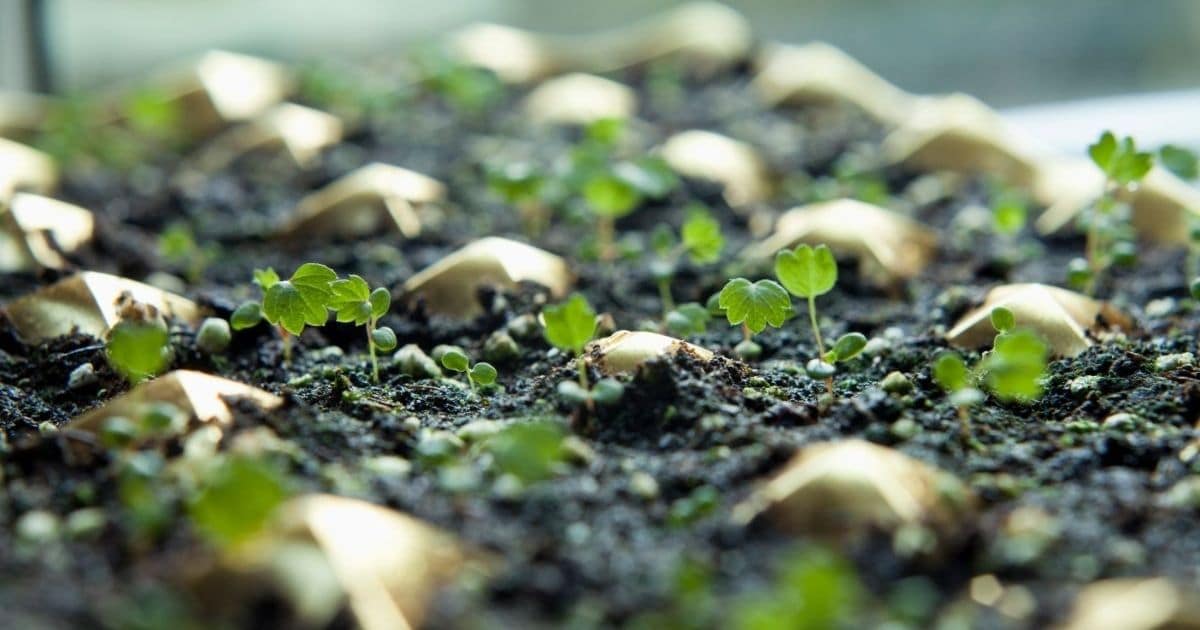

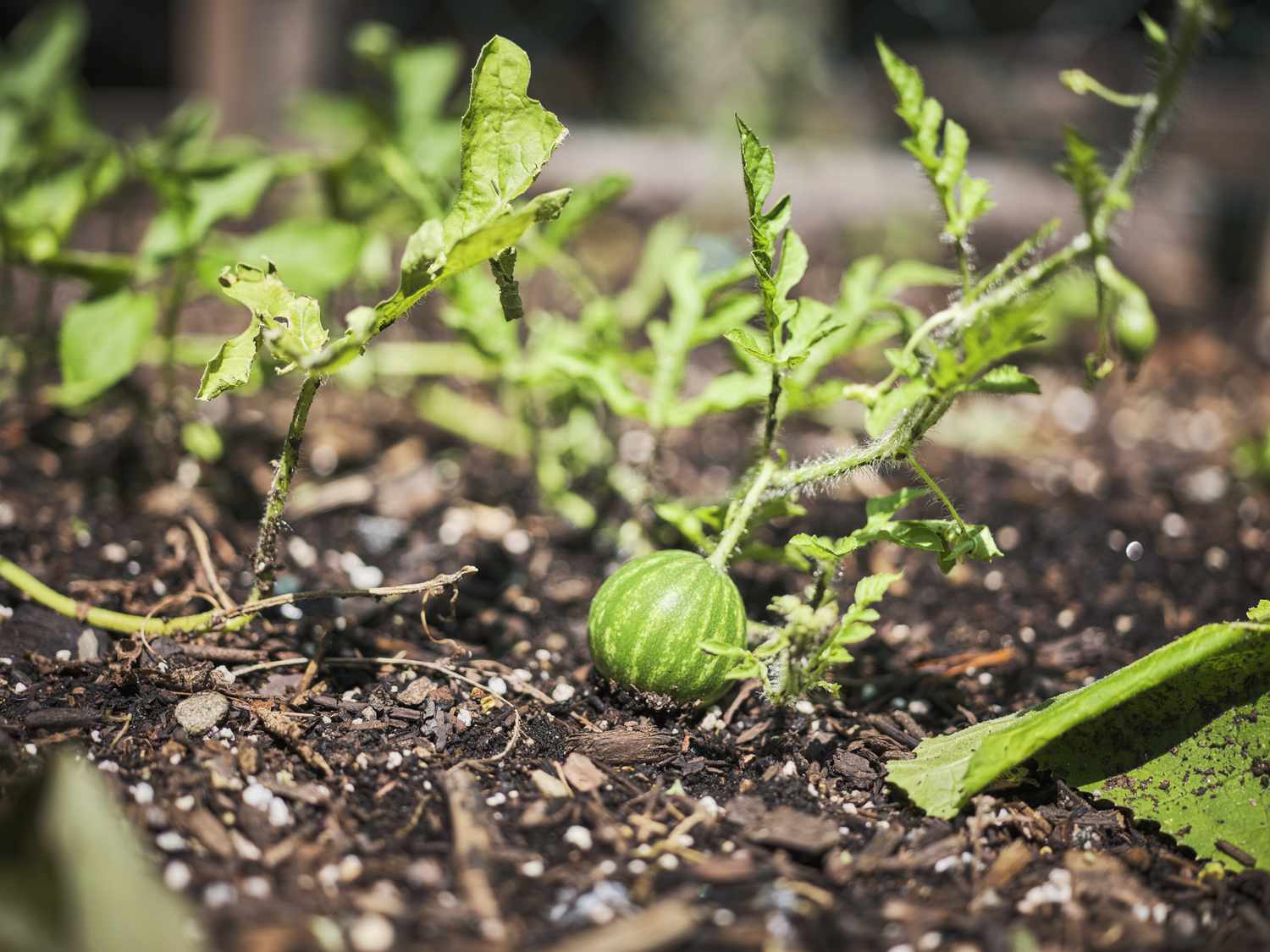
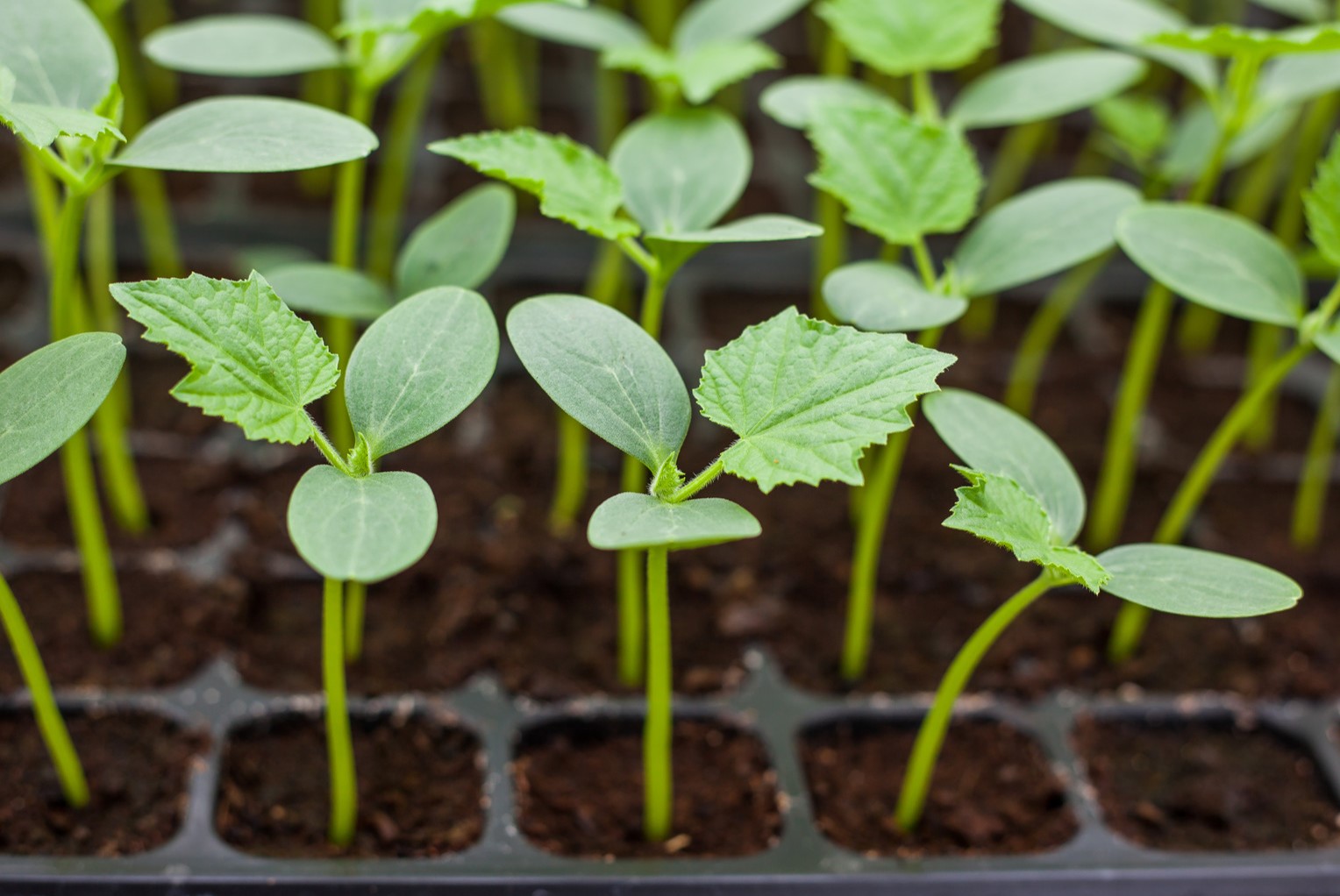
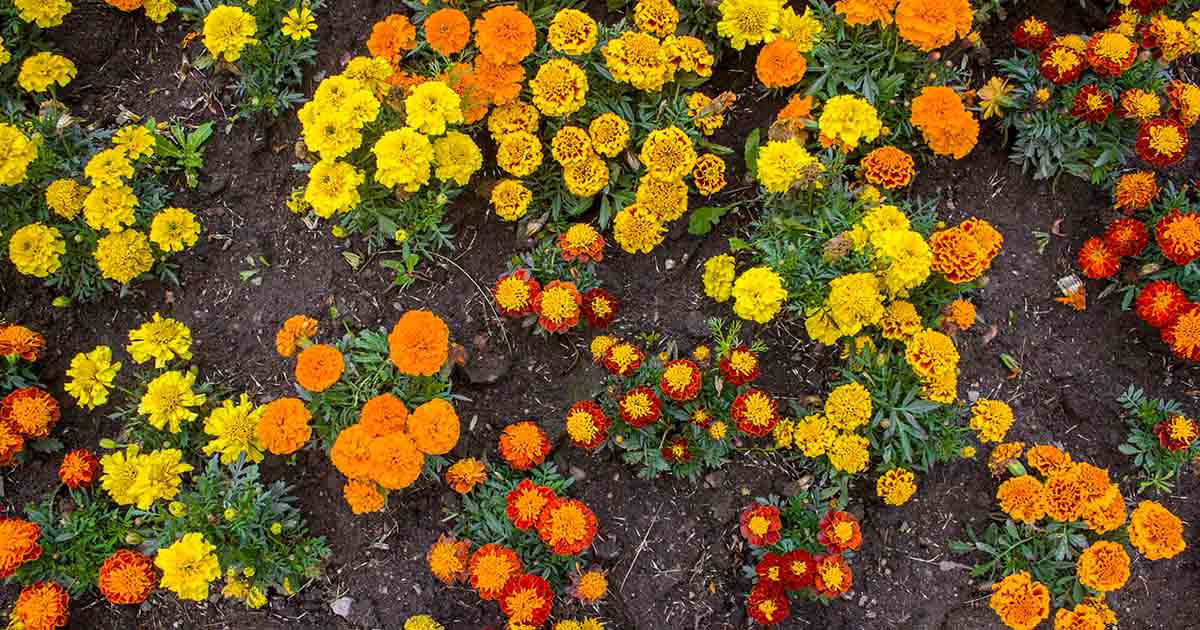




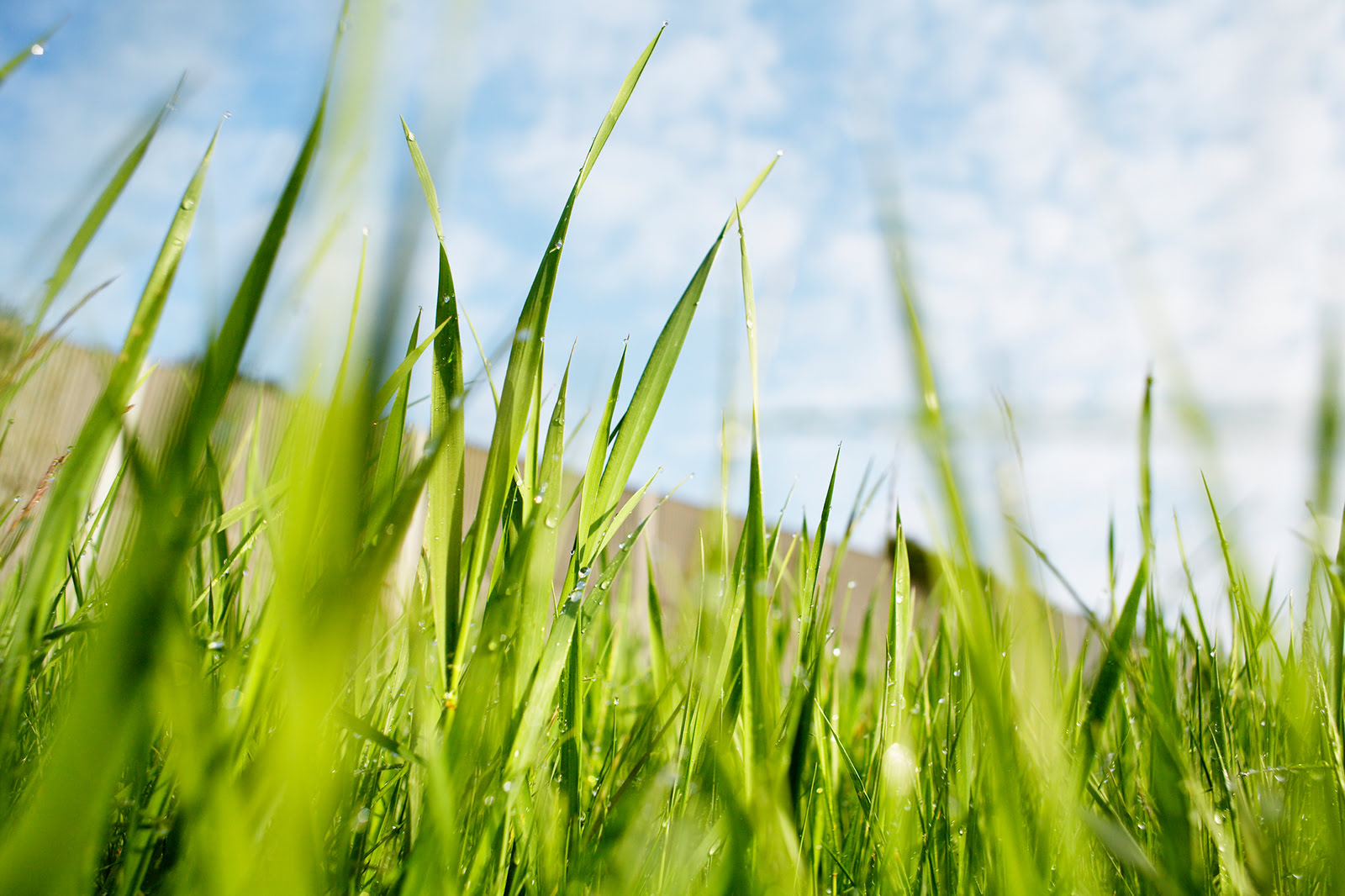

0 thoughts on “Can You Plant Grass Seed When It’s Raining”